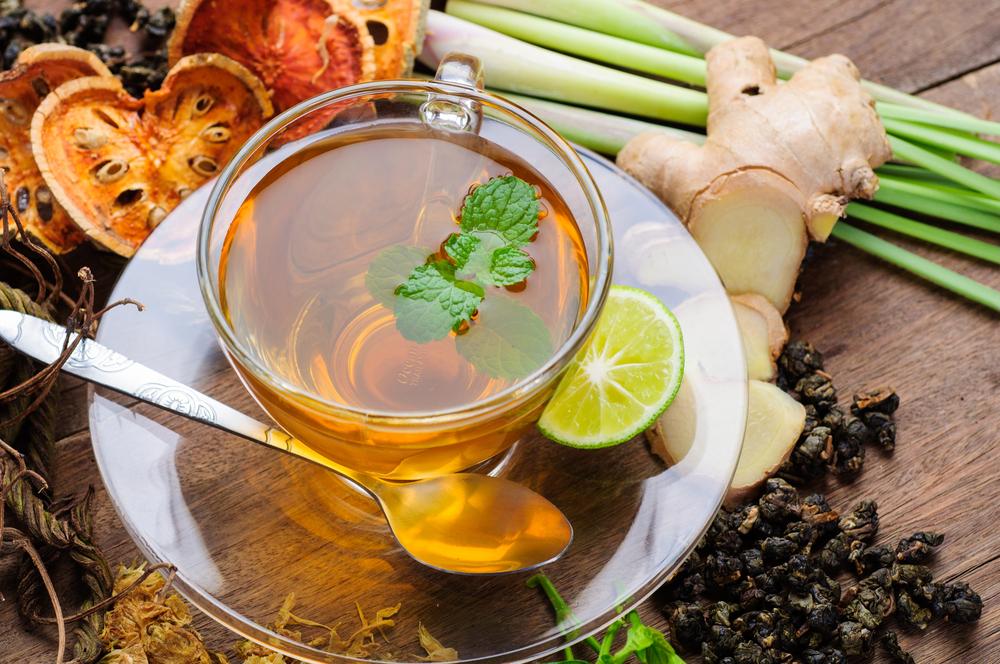
Dietary Changes for Patients with NSCLC
Dubbed the most common type of lung cancer by the American Cancer Association, non-small cell lung cancers (or NSCLC) make up approximately 85% of all lung cancer cases. While cancer is not always preventable, there are certain lifestyle changes we can make to help lower the risk of NSCLC.
In addition, those diagnosed with non-small cell lung cancer can also incorporate certain foods into their diets to help prevent NSCLC from metastasizing (spreading to other tissues and organs in the body). In addition, NSCLC patients may suffer certain negative side effects—nausea, loss of appetite, troubles swallowing or chewing, dry mouth, fatigue, shortness of breath, changes in taste and smell, and fullness after consuming small amounts—associated with their cancer or due to cancer treatment that can be improved by incorporating these simple dietary changes:
1. Prepare cold meals
Often, patients with NSCLC experience nausea and indigestion due to the side effects of chemotherapy and radiation (when the treatment area is near the chest or stomach). However, nausea and lack of appetite can be decreased if meals are prepared cold or at room temperature, rather than warm or hot. This is because cooler meals not only give off less offensive odors, they are also more easily digested.
2. Seek help
During cancer treatment, patients are too often lacking appetite as well as the energy to prepare meals. So don’t be afraid to ask for help from friends and family when it comes to meal preparation and grocery shopping.
3. Supplement where necessary
When the body develops cancerous tissue, and even during cancer treatment, patients can experience several vitamin and mineral deficiencies, especially if appetite decreases, lack of nutrition can be supplemented by taking fish oils, selenium, vitamin D, vitamin Bs, and other supplemental nutrients meant to aid cancer recovery.
4. Eat more healthy fats
Overall caloric deficiencies can occur with appetite loss and several side effects of cancer treatment, which is why it’s important to get the biggest bang for your buck when it comes to the foods you eat. So focus on healthy fat foods to increase calories and energy levels—including cheese, milk, nuts and nut butters, plant-based oils, avocados, and fatty fish.
5. Consume frequent, small meals
NSCLC, like many other types of cancer, can impact a patient’s appetite. The idea of consuming a large lunch or dinner when you’re experiencing mouth soreness and nausea is unrealistic, which is why you may benefit from eating more frequent, smaller meals throughout the day to increase both calories and energy. Instead of 3 meals that fill you up and make you feel uncomfortable, aim for 6 to 8 snack-sized meals. And focus on healthy fats and plenty of protein when you’re feeling an appetite coming on.




